The transfer of cultural property in a wartime and the factor of the occupied Crimea

Evelina Kravchenko,
PhD in History, Institute of Archaeology of the National Academy of Sciences of Ukraine
Daryna Pidhorna,
Regional Center for Human Rights
Cultural heritage is the basis of culture, the foundation of human civilization, which allows us to understand and verify how our experience has been shaped over hundreds and thousands of generations. The attitude to our past and respect for - it is what makes us civilized - after all, civilization in human evolution began once the amount of acquired knowledge and skills became so overwhelming that it had to be systematized and recorded.
This is how European civilization was formed, a part of which we are. Greek cities emerged on the northern coast of the Black Sea and, above all, in Crimea, which were already part of the great ancient Greek world, the foundation of European civilization. They invented a democratic way of governance, private land ownership, and citizenship, which are still the basis of European democracy.
This ancient world was not isolated; the Greeks, through the nomadic Scythians, actively traded with the Forest-Steppe tribes; Greek imports are found on the monuments of Poltava, Kyiv, and Cherkasy regions, and reach as far as the lands of Małopolska. Ancient Greek culture also influenced the development of the Crimean tribes, mainly stimulating the emergence of the first state of the native Crimean population, Crimean Scythia. The Crimean natives, the Tauri, were also involved in the economic activities of the Greeks. These relations' results differed, depending on the barbarians' social development level. Still, it is essential for us that it was with the presence of the Greeks on the seashore that our history began.
It is impossible to separate the study of Crimea and mainland Ukraine: It is a single historical region, a historical province called the Northern Black Sea region, in the scholarly texts.
The territory from the northern Black Sea coast to the Polissya region became a borderland with the ancient world, known to the Greeks, who began to record geographical information in their texts along with legendary names and stories, to give names to local tribes, and to track the history of those ethnic groups and tribes that lived to the north of the Black Sea. The same processes took place in other parts of Europe on the shores of the Black and Mediterranean Seas, which is how European history and civilization began on the shores of Italy, France, Spain, etc., and how Greek and Roman influence penetrated central and northern Europe, just as it did in Ukraine.
Movable cultural property - a huge part of the tangible cultural heritage, material evidence of our antiquity, which is used to study it, has its specific threats and risks during the war.
Unlike immovable objects that could be destroyed or damaged, movable objects are taken out of the occupied territories; in other words, they are stolen.
The Occupying Power may seize and transfer movable property to its public museums.
In this case, their return will depend on the terms of a peace treaty or capitulation act, as well as the capabilities and capacities of international bodies. But this is not the only way to seize cultural property during wartime.
The war in Ukraine has intensified criminal activity on its territory, which has led to the formation of large black markets for the sale of stolen and otherwise seized cultural property.
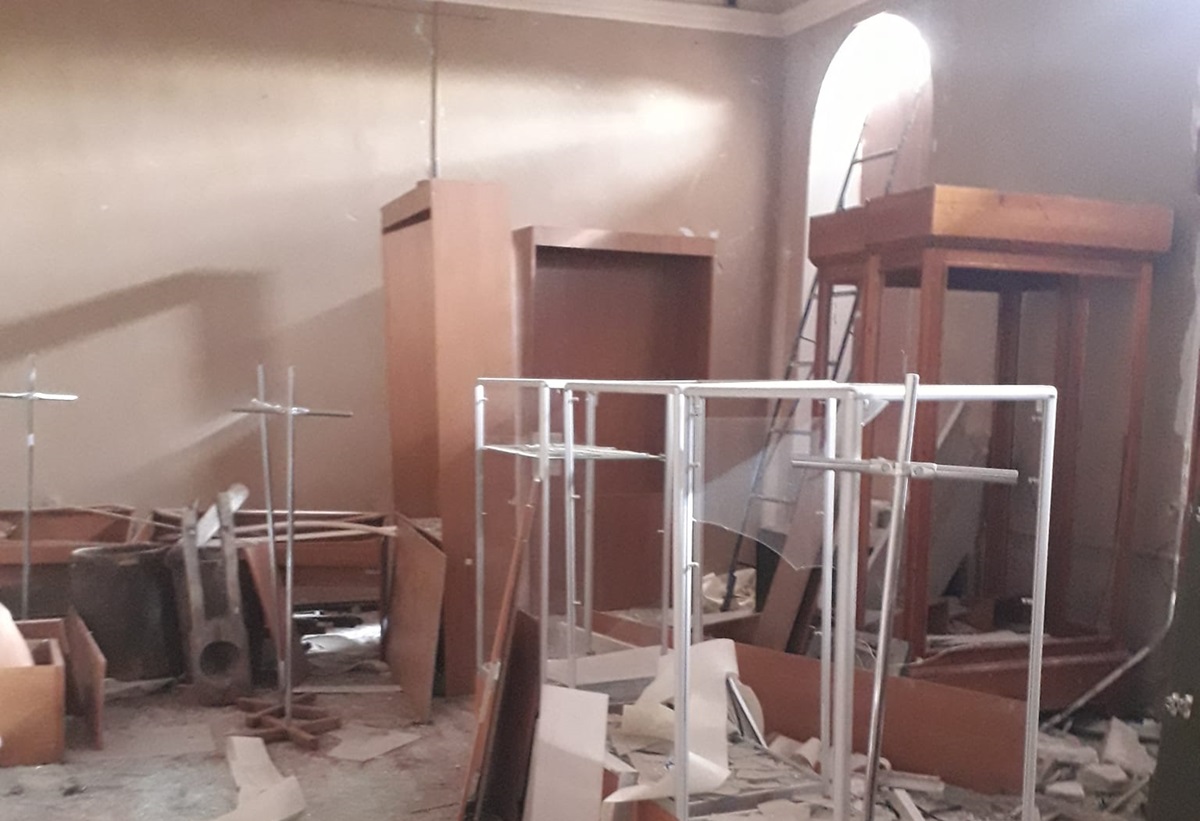
One of the illegal markets that intensified immediately after the occupation of Crimea and Donbas is Internet auctions, where archaeological objects typical for the sites of Crimea and the Ukrainian East, began to appear immediately after the occupation.
Their condition indicated that they had been unearthed much earlier, as the objects had already been restored. Given the massive scale of the material and phenomenon, it is not yet possible to determine for sure whether these items were stolen from museum collections or come from illegal collections acquired as a result of the looting of archaeological sites.
A number of criminal cases evidenced its continued operation after the large-scale invasion in 2022, revealing illegal collections of archaeological objects and antiques transferred from Crimea to Ukraine. At the time of the invasion, their owners had fled the country, leaving most of their collections behind. The auction continues to operate, as can be seen from the criminal cases concerning collections of antiques and archeology detained at the border and archaeological items seized by US customs from Ukraine.
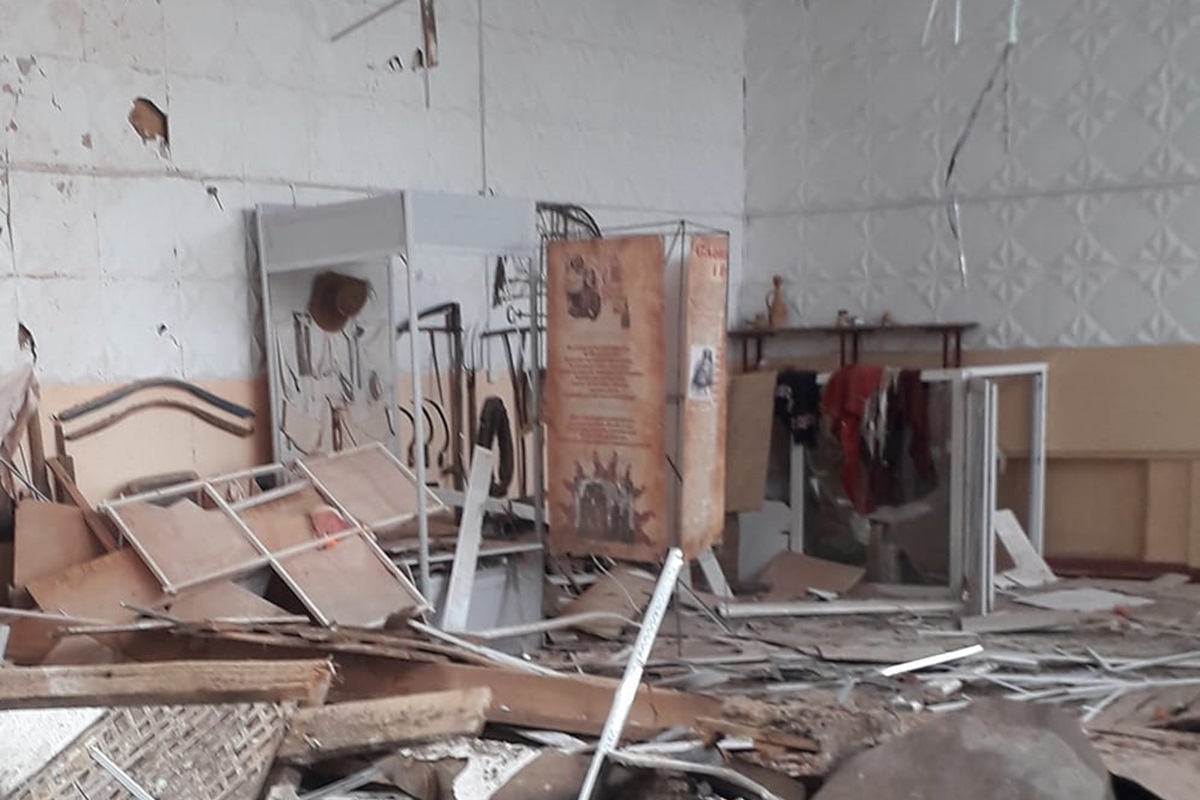
The most significant and dangerous other market is related to the lack of Ukrainian jurisdiction over Crimea and other occupied territories. Millions of movable cultural heritage objects are now concentrated in local museums, research institutions, universities, archives, and libraries.
Some of them got to the territory of Crimea after the occupation - these are objects stolen from museums in southern Ukraine and obtained as a result of archaeological excavations during the occupation.
Others are entirely unknown to Ukrainian society.
The Russian Federation adopted a federal law allowing for registering all cultural heritage items related to Zaporizhzhia, Kherson, Donetsk, and Luhansk regions in a simplified mode without state expertise.
These items can also be deregistered. Thus, there is now a complete lack of public control over cultural heritage collections not only from Ukraine or the world but also in Russia.
This event coincided with a surge in the black market for archaeological, antique, and artistic objects on Internet auctions.
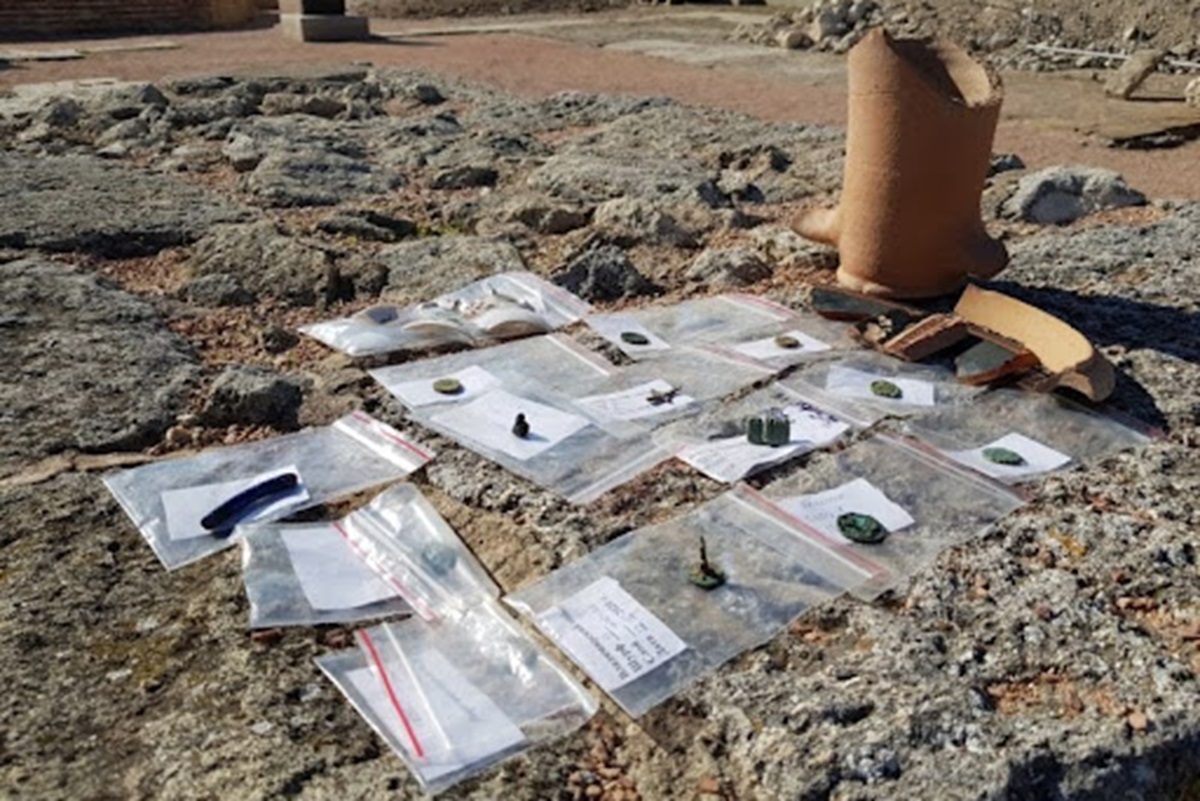
Ukraine has not yet used all the mechanisms necessary to reduce the black market. But even if they are activated, it will not be enough, given the volume of unaccounted-for and uncontrolled items.
Cultural heritage is an integral part of any state's security, stability, governance, social, economic, and cultural development.
Rule 41 of customary international humanitarian law states that the Occupying Power must prevent the illicit export of cultural property from occupied territory and must return illicitly exported property to the competent authorities of the occupied territory. However, the Russian Federation deliberately violates the provisions of international law and implements a state policy in the occupied territories of Ukraine aimed at destroying Ukraine's cultural heritage. Russia has organized the illegal large-scale export of cultural property from Ukraine. The organization of the illegal trafficking of cultural property from Ukraine is an element of Russian state policy. The actions of the Russian Federation in this case should be defined by Article 8(2)(b)(xiii) and (xvi) of the Rome Statute of the ICC as a war crime.
The photo below shows coins of Patikapaea, seized along with other cultural property, overwhelmingly of Crimean origin, during a search of the house of former Crimean official Gorbatov in 2022.
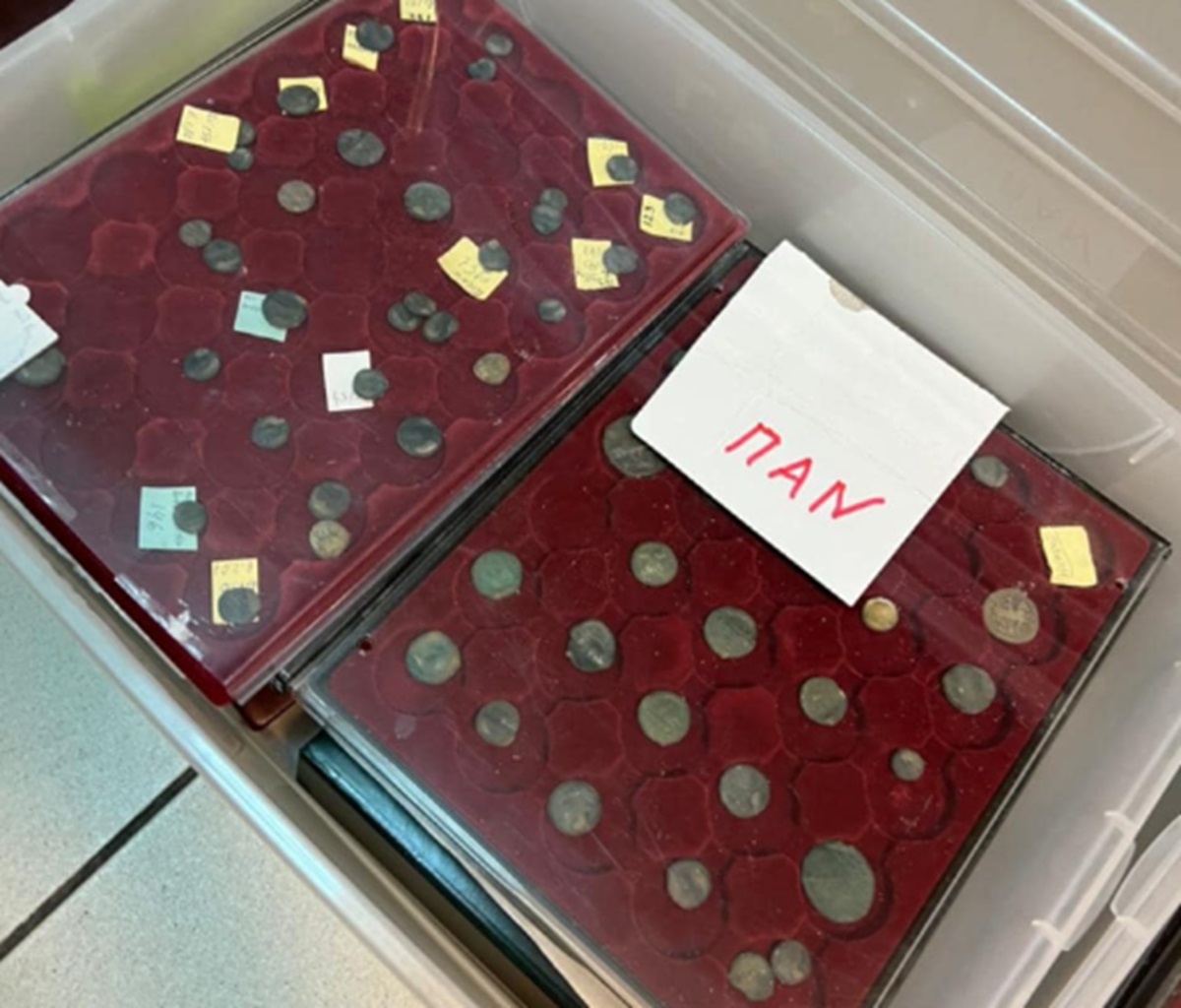
Such actions should not be tolerated. Not only Russia as a state must be held accountable for these crimes. Those who directly carried out the transfer of the cultural property, auctioned it, facilitated its sale and transfer to third parties, and those who authorized such actions are also responsible.
These include scientists and their assistants who retrieved the valuables and identified them; those who drove the car transferring the property; those who issued the permits - state institutions, museums, or galleries; those who posted information about the property at auctions; and those who sold it under the hammer. All of them are responsible for destroying Ukrainian culture and identity, and all of them must be identified and punished according to the law.
For us to see successful cases of returning valuables, and their restitution, as it was in Afghanistan and Iran or after World War II, we, Ukrainians, need the help of our partner states and other international and regional institutions and mechanisms, including UNESCO, UNIDROIT, UNODC, INTERPOL, WCO, EUROJUST, and CINOA.

We must cooperate to establish the truth and stop the impunity of Russia's destruction of Ukrainian history and culture. After all, when Russia steals and destroys the cultural heritage of Ukraine, Russia steals and destroys the heritage of the entire world and creates vicious practices that threaten the global culture.
Given the critical situation, we recommend the following:
I. For the state authorities of Ukraine.
-
To start developing a regulatory framework for the reform of cultural heritage management following the best international practices.
-
Decide on a unified register of movable cultural heritage and immovable monuments. Create a basis for filling state databases on crimes committed against the cultural heritage of Ukraine.
-
At the time of the de-occupation of Crimea, it is crucial to have a formed concept of cultural policy in the de-occupied territories, taking into account the reintegration of the population into the cultural space of Ukraine, which has changed significantly over time and is different from the cultural area of early 2014.
-
The Cabinet of Ministers of Ukraine (represented by the Ministry of Foreign Affairs, the Ministry of Defense, the Ministry of Reintegration of the Temporarily Occupied Territories and Internally Displaced Persons, the Ministry of Internal Affairs, and the Ministry of Culture and Information Policy of Ukraine, subject to a written commitment from the executors) to promptly establish a special body (representative office, commissioner's office, etc.) to ensure proper documentation of violations of international law by the Russian Federation on the protection of cultural property, destruction and damage to archaeological and other monuments within the procedure provided for by the current version of the II Protocol to the Hague Convention for the Protection of Cultural Property in the Event of Armed Conflict.
-
The Cabinet of Ministers of Ukraine to establish within the Ukrainian armed forces, services or specialist personnel whose purpose will be to secure respect for cultural property and to co-operate with the civilian authorities responsible for safeguarding it in accordance to the Article 7 of the Hague Convention for the Protection of Cultural Property in the Event of Armed Conflict.
-
Law enforcement agencies of Ukraine, in cooperation with the Ministry of Culture and Information Policy, civil society organizations, to compile and properly transfer information on the objects of cultural heritage of Ukraine that were illegally transferred by Russian agents, the names of those who carried out the transfer, and details of such transfer to INTERPOL and EUROPOL to search for stolen property and perpetrators.
II. For the Verkhovna Rada of Ukraine.
-
To take all necessary measures to complete the process of Ukraine's accession to the Council of Europe Convention on Offenses Related to Cultural Property (Nicosia, 2017).
-
To take all necessary measures to complete the process of the ratification of Hague Convention of 1954 for the Protection of Cultural Property in the Event of Armed Conflict and Protocol I to the Convention, including the providing the official translation for these treaties.
-
To harmonize national legislation, particularly to unify the terminology used in the national legislation with the international treaties to which Ukraine is a part.
-
Strengthen the protection of cultural heritage, in particular by improving criminal legislation in the part of Article 438 of the Criminal Code of Ukraine.
III. For UNESCO, ICOMOS, ICOM, and other international organizations.
-
Ensure constant monitoring of the condition and displacement of cultural heritage monuments of Ukraine in the context of Crimea and other temporarily occupied and already de-occupied territories.
-
Ensure constant public reporting of violations against Ukraine's cultural heritage committed by the Russian Federation.
-
Taking into account the international experience that has had a positive result in the protection of cultural heritage in the temporarily occupied territories, to establish a separate body (the Institute of Special Rapporteur) to monitor and document the destruction and damage to the cultural heritage of Ukraine in Crimea and other temporarily occupied and already de-occupied territories.
IV. For the international community involved in the protection of cultural heritage.
-
Create a special body to investigate crimes committed by the Russian Federation against the cultural heritage of Ukraine.
-
Include to the national sanctions list the persons and institutions of the Russian Federation involved in violations of Ukraine's cultural heritage, in particular in the context of illegal archaeological excavations and the transfer of cultural property outside the occupied territory.
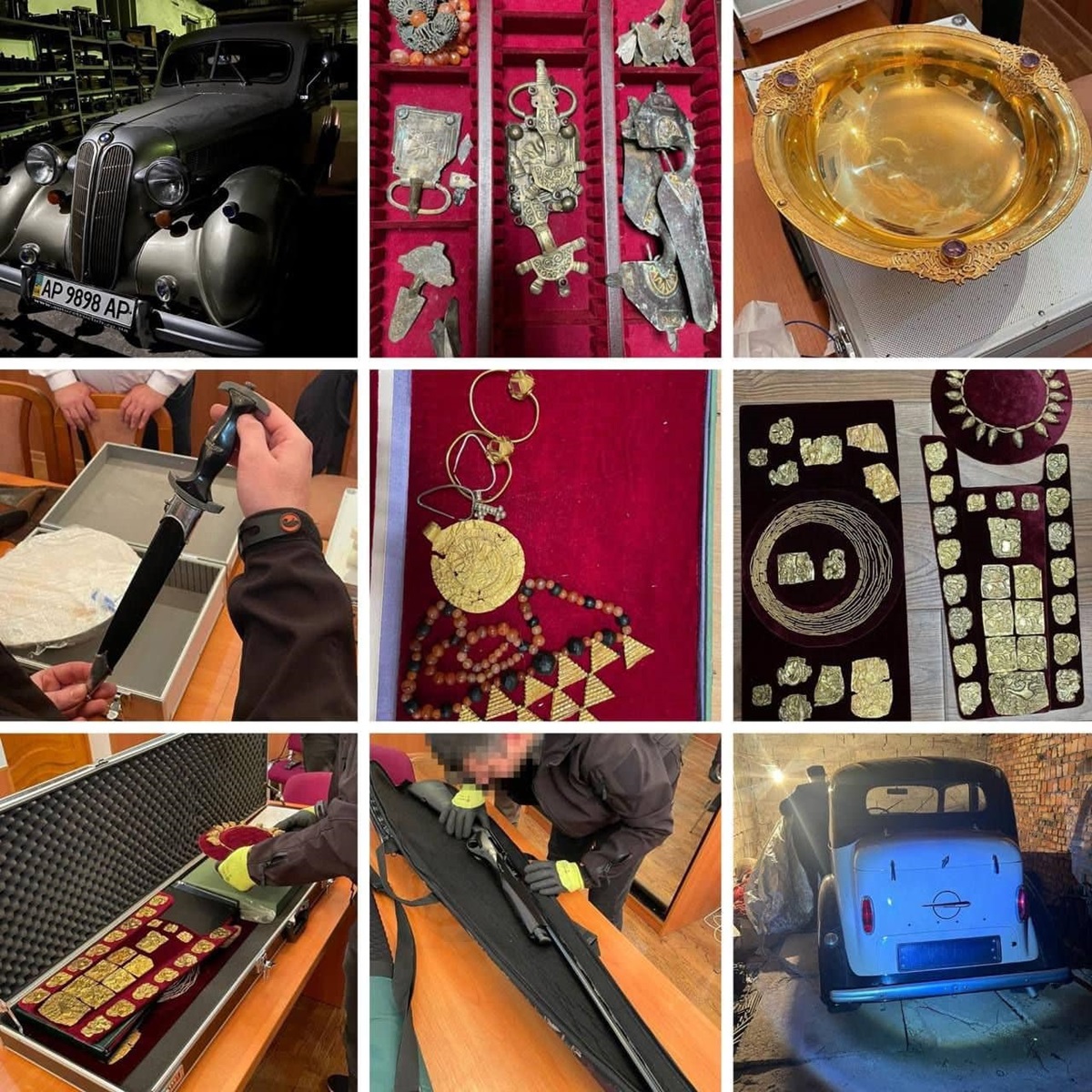
with objects of Crimean origin, confiscated from businessman Boholyubov
* * *
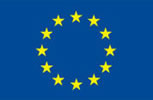 This article has been prepared with the support of the European Union in Ukraine. The content of the article is the sole responsibility of the authors and does not necessarily reflect the position of the EU
This article has been prepared with the support of the European Union in Ukraine. The content of the article is the sole responsibility of the authors and does not necessarily reflect the position of the EU